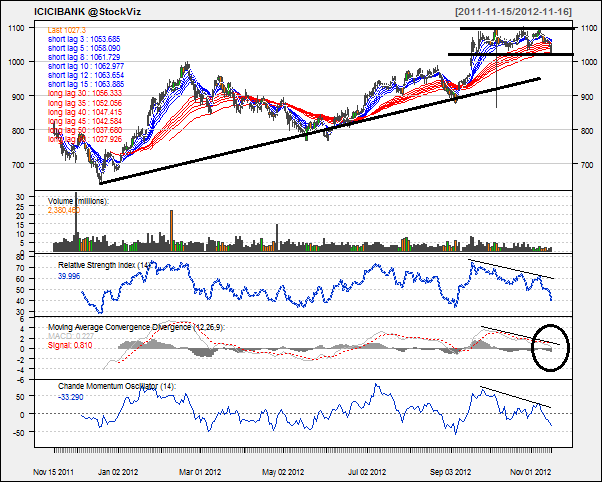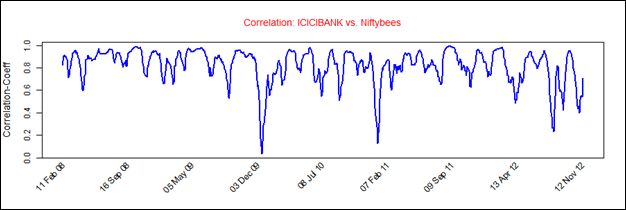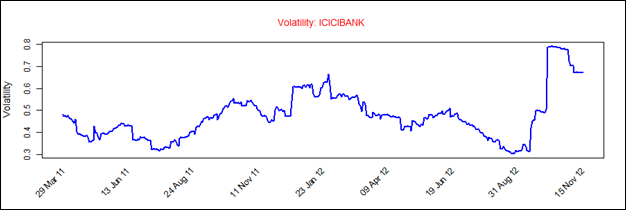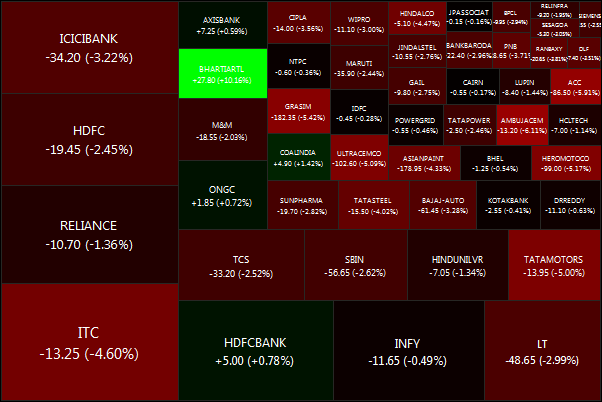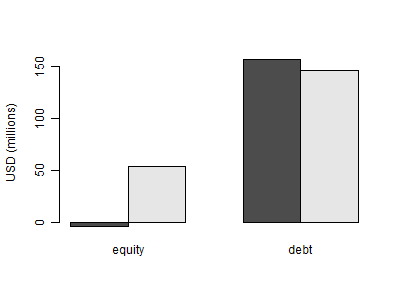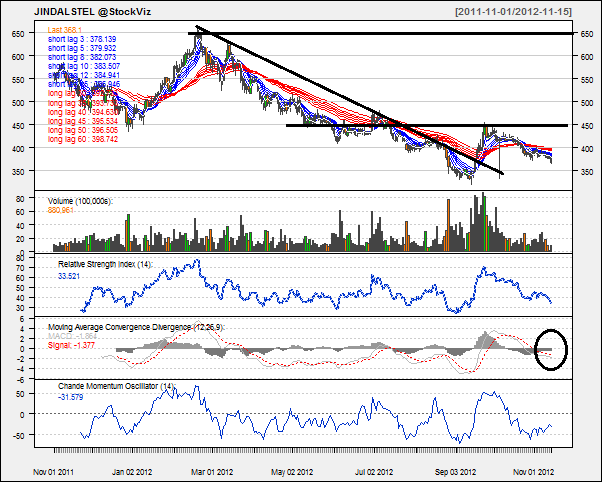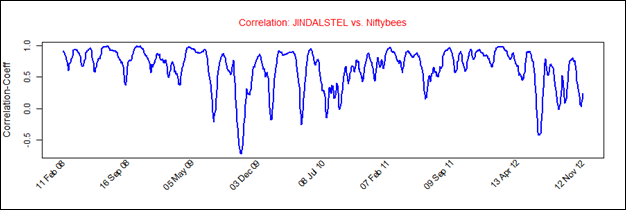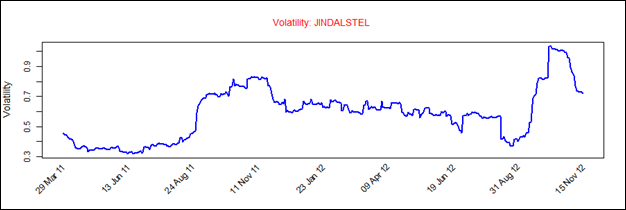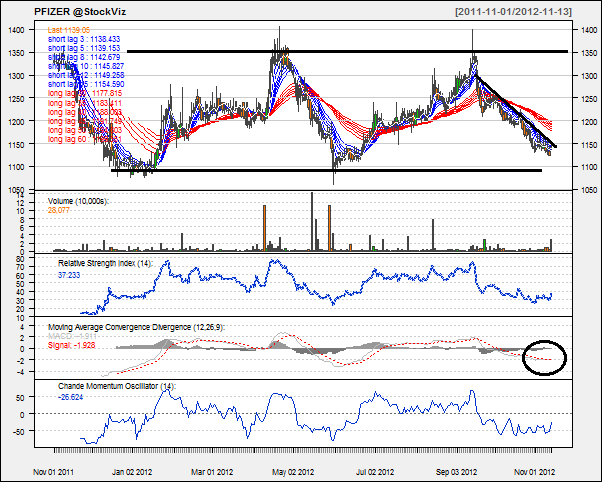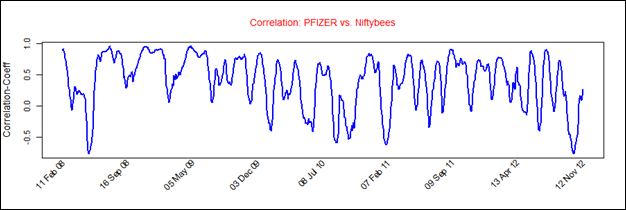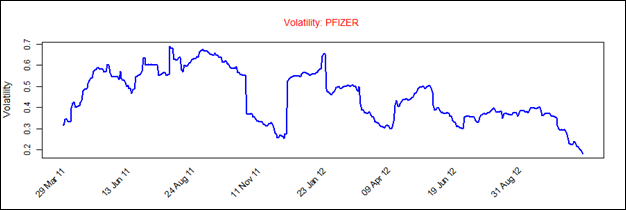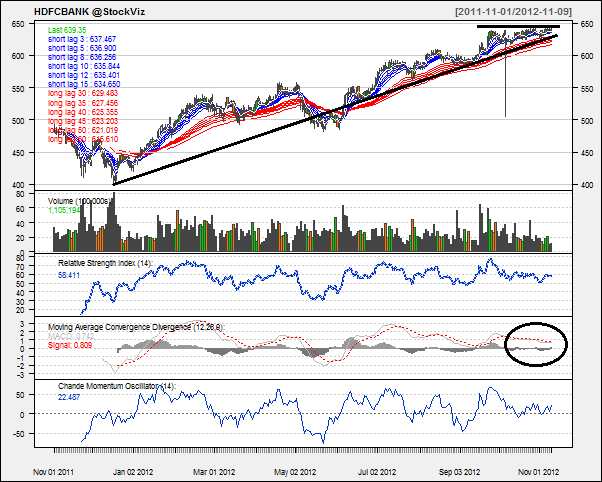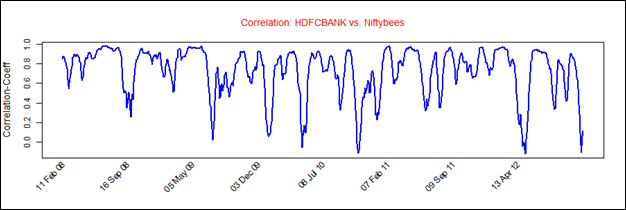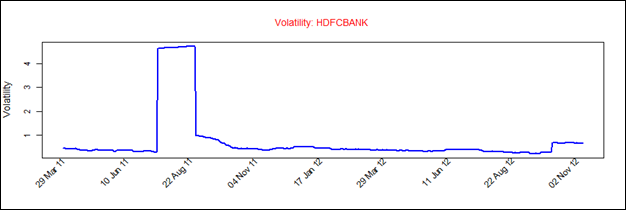Today’s pick is [stockquote]ICICIBANK[/stockquote]. The stock has been in an up-trend since lows of last December. However, the last one and a half month has seen a range bound movement for the stock. In the last three month period, the stock was up 6% Vs. Nifty’s 4%.
Oscillators RSI and CMO are at currently at 40 and -33 are hovering around the over-sold territory but are not suggesting any direction.
MACD line and the signal line are moving away from each other and are not suggesting any trend. The 18X9 cross-over is currently bearish.
Every technical chart currently is showing a divergence with the price chart. This is not a very good sign for the near-term.
The GMMA long-term lines were running parallel to each other but are closing in because of the range-bound movement in the recent past. This is a bearish sign for the stock.
ICICIBANK’s average correlation of 0.82 with the Nifty is positive and quite strong. The stock will replicate the movements of Nifty closely because of the high co-efficient. [stockquote]NIFTYBEES[/stockquote]
ICICIBANK has a historical volatility in the range of 0.3 to 0.8. The scrip’s volatility is currently towards the higher side of the range.
Analysts have mixed expectations regarding this stock. Next set of earnings can help bring a different picture on the charts.
Looking at these technicals, keep off this scrip for the short-term. A break-out of the flag in either direction will trigger a longer-term call.
